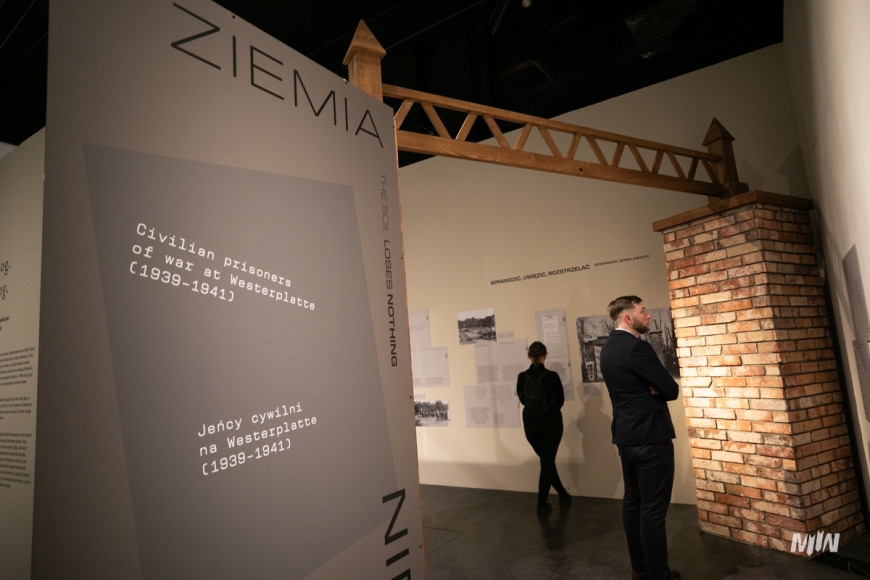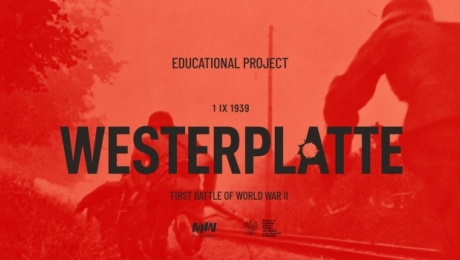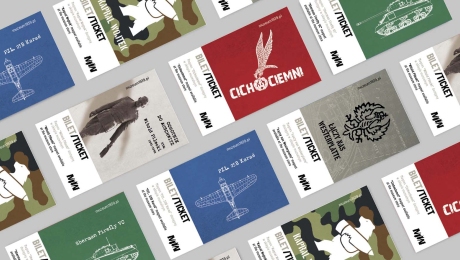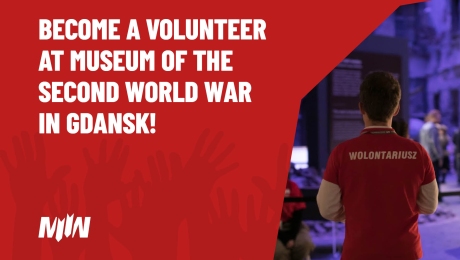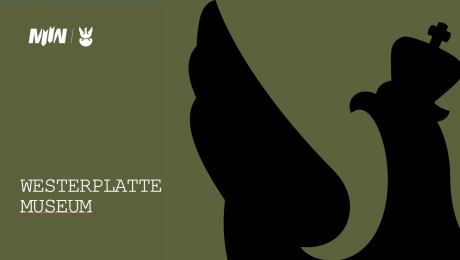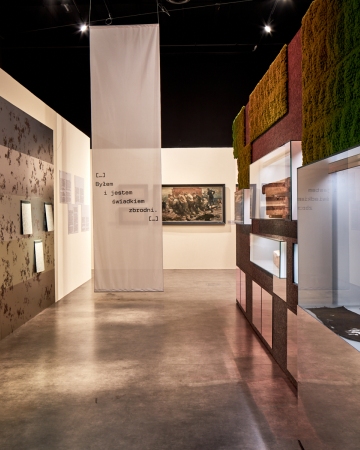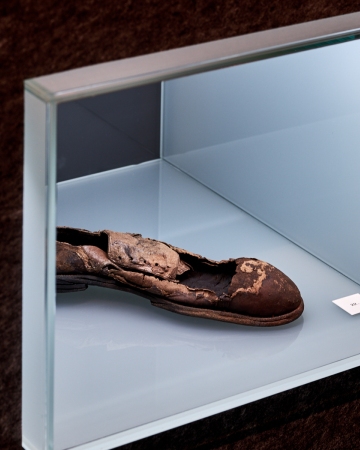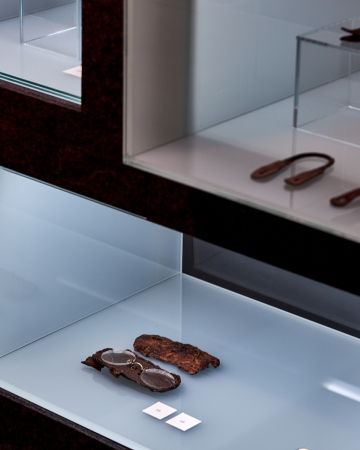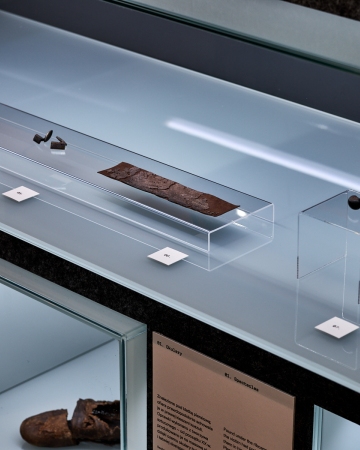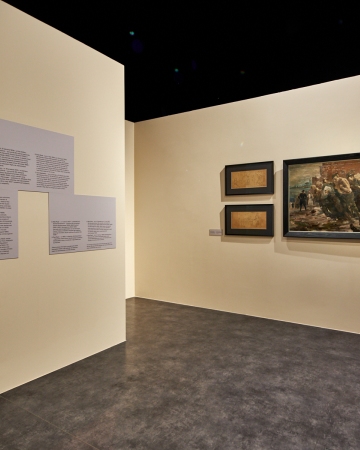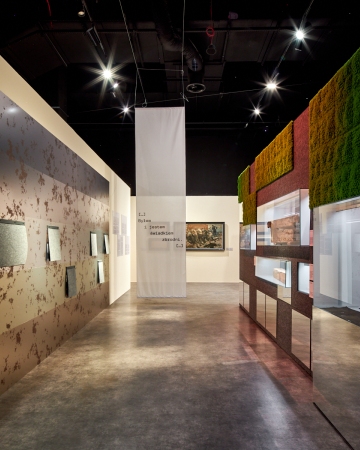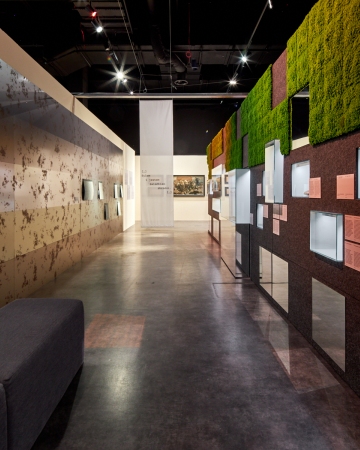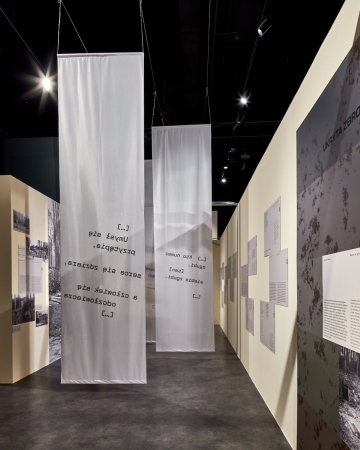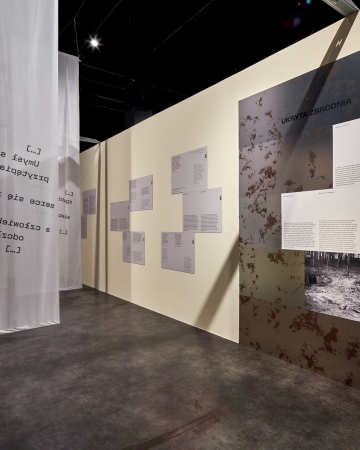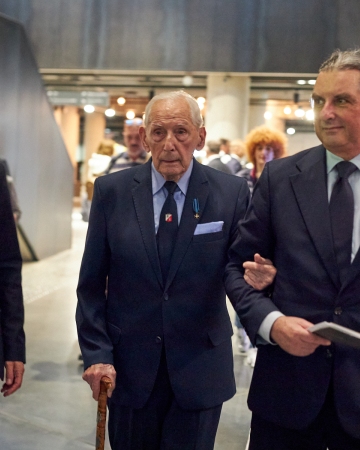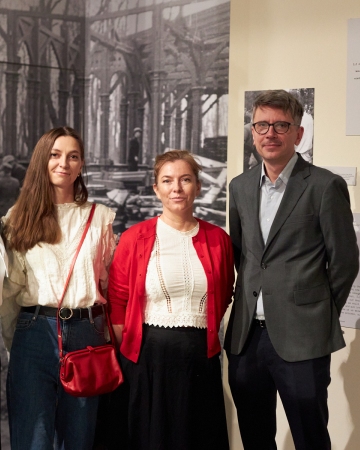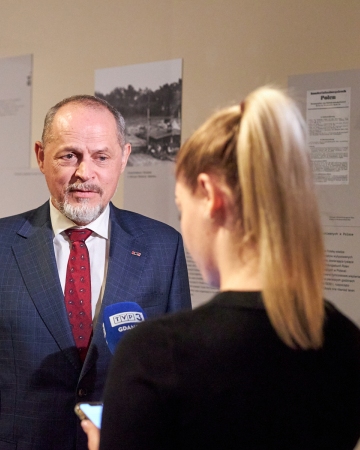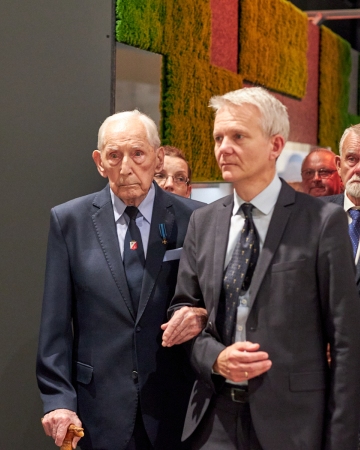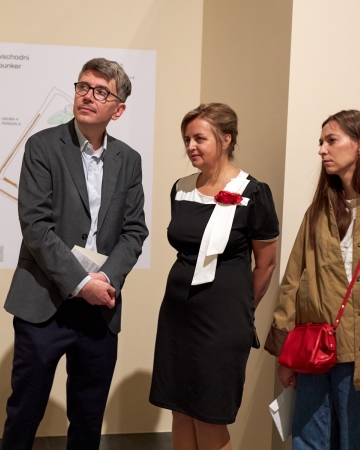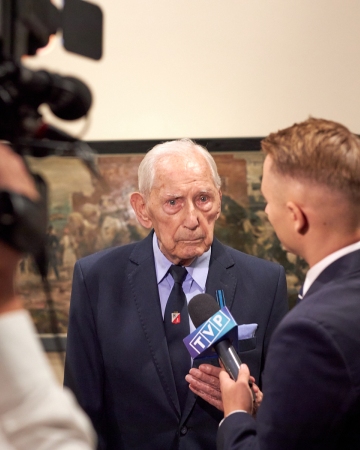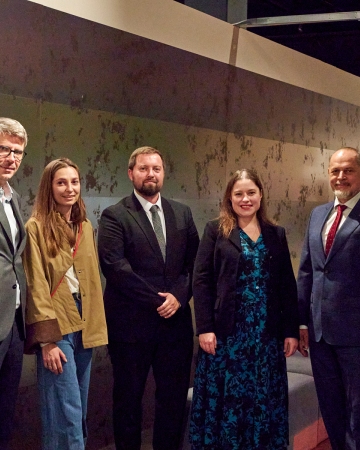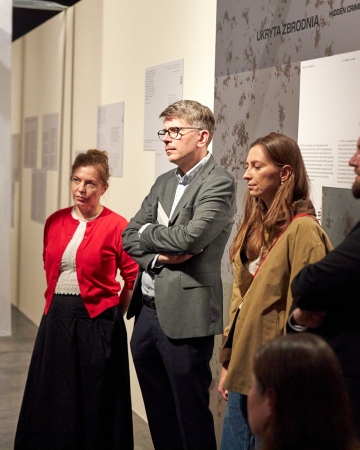Location: level -3
Time: from September 1 to December 30, 2025
The exhibition presents one of the lesser-known aspects of the
peninsula's history. It highlights the tragic fate of Polish civilian
prisoners of war held there. Telling this story through artifacts
was made possible thanks to discoveries made by museum
archaeologists last fall.
Westerplatte is primarily discussed in the context of its seven-day heroic defense. The aim of the new exhibition is to highlight and perpetuate in the collective memory the peninsula's lesser-known history – to commemorate the Polish prisoners of the Stutthof camp, who were imprisoned there from September 1939 to June 1941. The exhibition explores their grueling, slavish labor and their experiences of hunger, humiliation, and death at the hands of German overseers.
The story of the victims and perpetrators was constructed from the perspective of an interdisciplinary research team – archaeologists, historians, anthropologists, and criminologists. The exhibition also serves as a warning: every crime leaves a trace – whether in the memories of witnesses or in the earth that covered the bodies of the victims.
A Hidden Crime
In 2024, archaeologists from the Museum of the Second World War in Gdańsk discovered the site of a field gun used during the defense of the Military Transit Depot in 1939 at Westerplatte. Human skeletons were found in the remains of two of its bunkers. Preserved fragments of clothing and small personal items made in Poland confirmed the archaeologists' suspicions – these were the remains of civilian prisoners. The position of the bodies, characteristic bone damage, German ammunition casings, and the presence of fired bullets indicate that the bunkers were also the site of the crime.
Systematic excavations of the Westerplatte battlefield have been conducted since 2016, but it was only last year that the remains of murdered prisoners were first discovered. As Monika Garas, who discovered the graves, says: "This is a groundbreaking discovery. Until now, we have only encountered traces of POW labor in the form of relics of demolished buildings or the tools they used. Significantly, there may be more remains of civilian POWs on the peninsula. Prisoner memories indicate that those murdered were thrown into craters left over from the fighting in September 1939".
Successive layers of earth reveal traces of the camp's slave labor. Archaeological documentation allows us to determine the chronology of the demolition of individual buildings, as well as the order and methods of filling the craters.
"When processing such information, it is impossible to shake the awareness that behind every brick removed, behind every kilogram of rubble thrown into the crater, lies an immense amount of human suffering. Westerplatte is not only a symbol of the heroism of Polish soldiers, but also a testament to the tragic fate of Poles under German occupation," emphasizes the archaeologist.
Analysis of the prepared documentation also enabled us to attempt to reconstruct the course of the murder of civilian POWs. Archaeological discoveries, as well as work with documents and the memories of the few witnesses who survived the camp, have allowed the creation of a new temporary exhibition and the telling of this little-known story to a wider audience.
"They're going to kill us here!" – tragic premonitions have come true.
As exhibition co-curator Agnieszka Bacławska-Kornacka emphasizes, Westerplatte is a part of the city where World War II remains strongly present, a space still marked by suffering.
"During their research, archaeologists from the Museum of the Second World War continue to discover and recover the bodies of war victims. In addition to the defenders, these included civilian prisoners who cleaned up the battlefield. Researchers do this in the hope that the truth can be determined despite the passage of time. Archaeologists' work demonstrates that nothing is "expired" on earth. Sharing this knowledge is an important step on the path to a sense of justice and regaining balance after the crisis." "War casts a long shadow over the next few generations, and the trauma associated with it blocks the personal and social development of those affected," says Agnieszka Bacławska-Kornacka of the Museum of the Second World War in Gdańsk.
The exhibition consists of a historical and archaeological section. It presents over thirty original personal items from excavations. Due to the images of atrocities it contains, it is intended for people over 16 years of age. For the comfort of visitors, the location of sensitive content, including artifacts belonging to victims, has been presented on a map (in front of/after the guide), which allows you to adjust the intensity of the content to your personal sensitivity.
"We understand that encountering such a difficult topic can be a personal and emotional experience. Therefore, we are providing a map of sensitive content (a kind of in front of/after the guide), which marks the locations where it appears. In this way, we create conditions that allow each person to individually decide whether and what content they want to explore, making the museum a safe space for dealing with the "dark" side of humanity," explains Agnieszka Bacławska-Kornacka, co-curator of the exhibition.
During the visit, it is also important to observe one's emotions and, after viewing the exhibition, to rest. To this end, the Museum of the Second World War has provided visitors with a biophilic respite zone, located on level -2 of the building.
The exhibition "The Earth Does Not Lose. Civilian Prisoners of War at Westerplatte (1939–1941)" is another expression of the thinking and direction that guided the Museum's creators – presenting war not only from a military perspective, but also from a civilian one. Furthermore, the exhibition, while highlighting the horrors of war, also addresses the needs of contemporary audiences. The challenging subject of war also provides a pretext for reflection and discussion about a world in which armed conflicts continue to occur and people die today.
projekt wystawy: nowy motyw,
foto: Budzik Studio.
